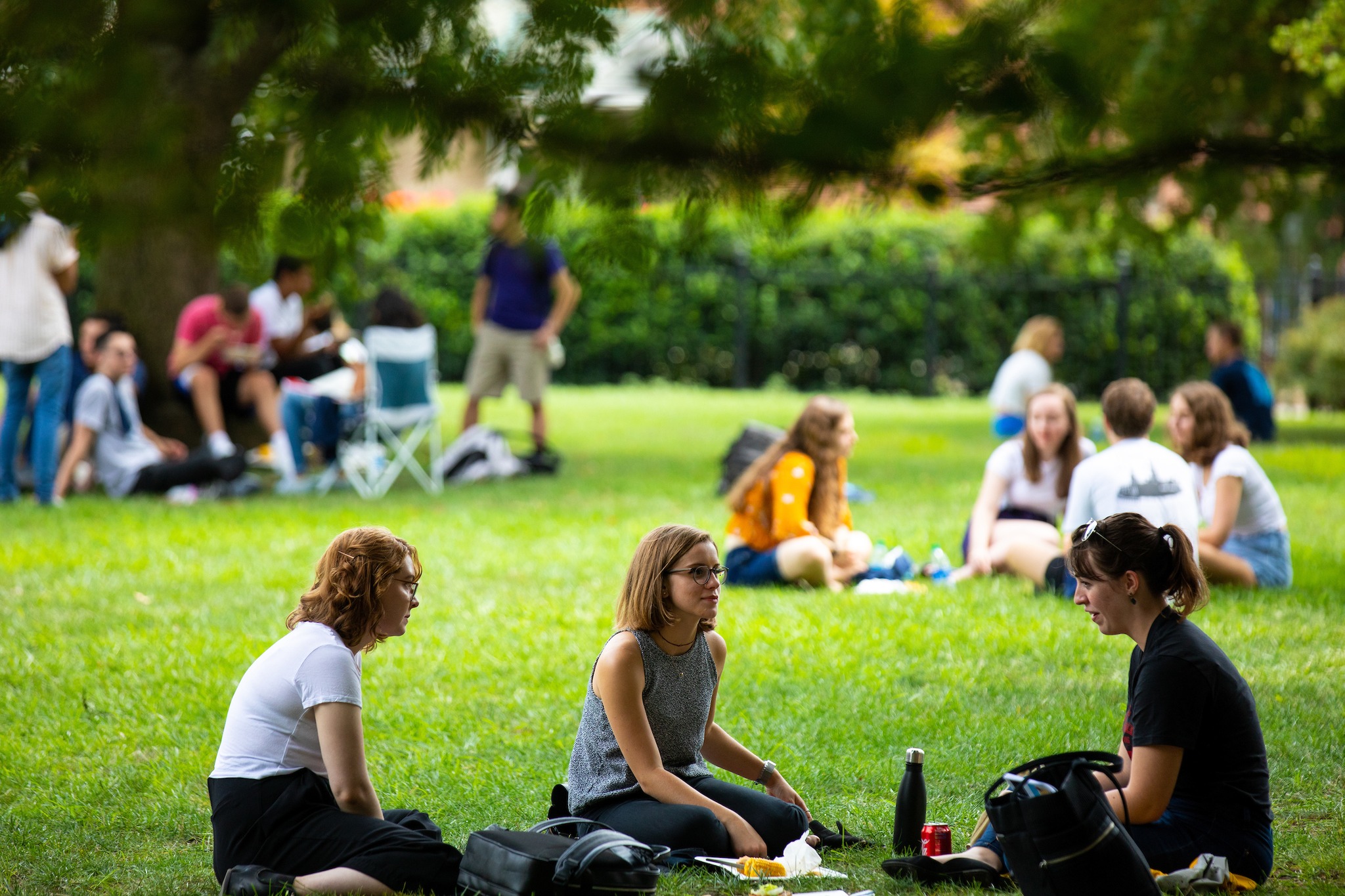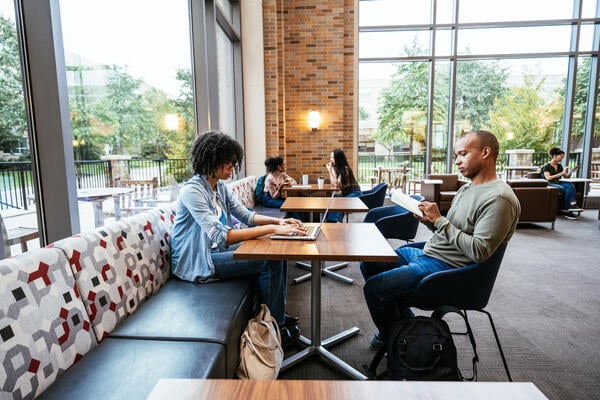Universities offer a wide range of support to students – lecturers’ office hours, personal tutors, study skills advisors, peer-mentoring officers, mental health and wellbeing specialists, and more.
But even with these services in place, some students still feel they are falling through the cracks.
Why? One of the most common pieces of student feedback might offer a clue – “I wish I had known you and come to you earlier”.
Within the existing system, most forms of support rely on students to take the first step – to reach out, refer themselves, or report a problem.
But not all students can or will: some are unsure who to turn to, others worry about being judged, and many feel too overwhelmed to even begin. These are the students who often disappear from view – not because support does not exist, but because they cannot access it in time.
Meanwhile, academics are stretched thin by competing research and teaching demands, and support teams – brilliant though they are – can only respond once a student enters this enquiry-response support system.
Systematic support that requires courage
As a result, students struggling silently often go unnoticed: for those “students in the dark”, there is often no obvious red flag for support services to act on until it is too late.
NSS data in recent years reveal a clear pattern of student dissatisfaction with support around feedback and independent study, indicating a growing concern and demand for help outside the classroom.
While the existing framework works well for those confident and proactive students, without more inclusive and personalised mechanisms in place, we risk missing the very group who would benefit most from early, student-centred support.
This is where academic coaching comes in. One of its most distinctive features is that it uses data not as an outcome, but as a starting point. At Buckinghamshire New University, Academic Coaches work with an ecosystem of live data – attendance patterns, assessment outcomes, and engagement time with the VLE – collaborating closely with data intelligence and student experience teams to turn these signals into timely action.
While our academic coaching model is still in its early phase, we have developed simulated student personae based on common disengagement patterns and feedback from colleagues. These hypothetical profiles help us shape our early intervention strategies and continuously polish our academic coaching model.
For example, “Joseph”, a first-year undergraduate (level 4) commuter student, stops logging into the VLE midway through the term. Their engagement drops from above cohort average to zero and stays that way for a week. In the current system, this might pass unnoticed.
But through live data monitoring, we can spot this shift and reach out – not to reprimand but to check in with empathy. Having been through the student years, many of us know, and even still remember, what it is like to feel overwhelmed, isolated, or simply lost in a new environment. The academic coaching model allows us to offer a gentle point of re-entry with either academic or pastoral support.
One thing to clarify – data alone does not diagnose the problem – but it does help identify when something has changed. It flags patterns that suggest a student might be struggling silently, giving us the opportunity to intervene before there is a formal cause for concern. From there, we Academic Coaches reach out with an attentive touch: not with a warning, but with an invitation.
This is what makes the model both scalable and targeted. Instead of waiting for students to self-refer or relying on word of mouth, we can direct time and support where it is likely to matter most – early, quietly, and personally.
Most importantly, academic coaching does not reduce students to data points. It uses data to ask the right questions and to guide an appropriate response. Why has this student disengaged? Perhaps something in their life has changed.
Our role is to notice this change and offer timely and empathetic support, or simply a listening ear, before the struggle becomes overwhelming. It is a model that recognises the earlier we notice and act, the greater the impact will be. Sometimes, the most effective student support begins not with a request, but with a well-timed email in the student’s inbox.
Firefighting? Future-proofing
The academic coaching model is not just about individual students – it is about rethinking how this sector approaches student support at a time of mounting pressure. As UK higher education institutions face financial constraints, rising demand, and increasing complexity in students’ needs, academic coaching offers a student-centred and cost-effective intervention.
It does not replace personal tutors or other academic or wellbeing services – instead, it complements them by stepping in earlier and guiding students toward appropriate support before a crisis hits.
This model also helps relieve pressure on overstretched academic staff by providing a clearly defined, short-term role focused on proactive engagement – shifting the approach from reactive firefighting to preventative care.
Fundamentally, academic coaching addresses a structural gap: some students start their university life already at a disadvantage – unsure how to fit into this new learning environment or make use of available support services to become independent learners – and the current system often makes it harder for them to catch up.
While the existing framework tends to favour confident and well-connected students, academic coaching helps rebalance the system by creating a more equitable pathway into support – one that is data-driven yet recognises and respects each student’s uniqueness. In a sector that urgently needs to do more with less, academic coaching is not just a compassionate gesture, but a future-facing venture.
That said, academic coaching is not a silver bullet and it will not solve every problem or reach every student. From our discussions with colleagues and institutional counterparts, one of the biggest challenges identified – after using data to flag students – is actually getting them on board with the conversation.
Like all interventions, academic coaching needs proper investment, training, interdepartmental cooperation, clear role boundaries, and a scalable framework for evaluating impact.
But it is a timely, student-centred response to a gap that traditional structures often miss – a role designed to notice what is not being said, to act on early warning signs, and to offer students a safe place to re-engage.
As resources tighten and expectations grow, university leadership must invest in smarter, more sensible forms of support. Academic coaching offers not just an added layer – it is a reimagining of how we gently guide students back on track before they drift too far from it.










